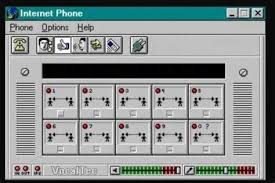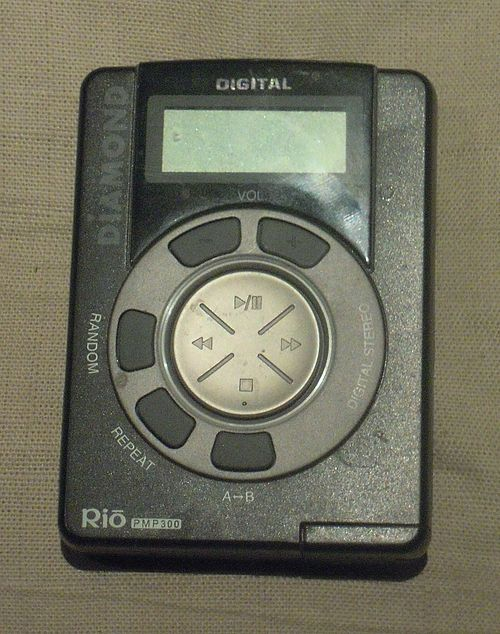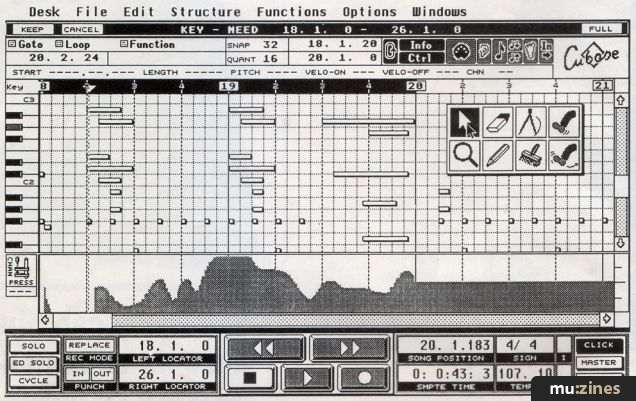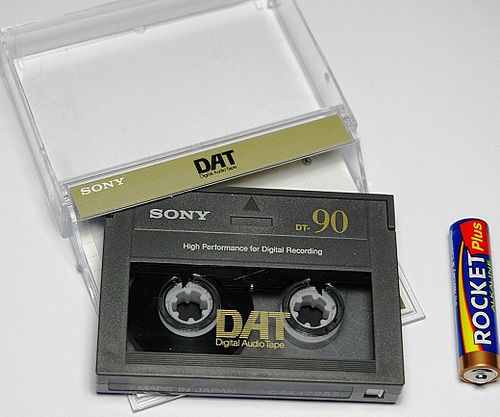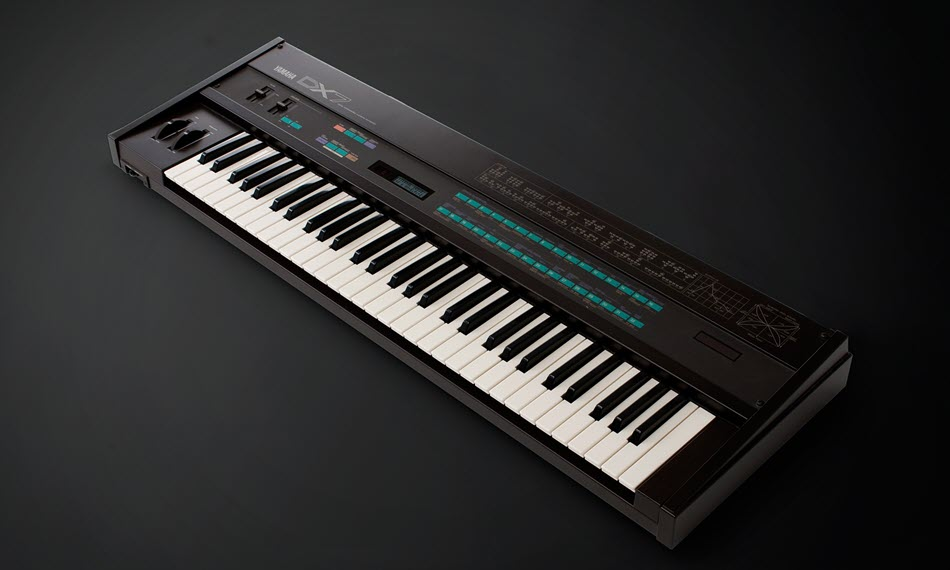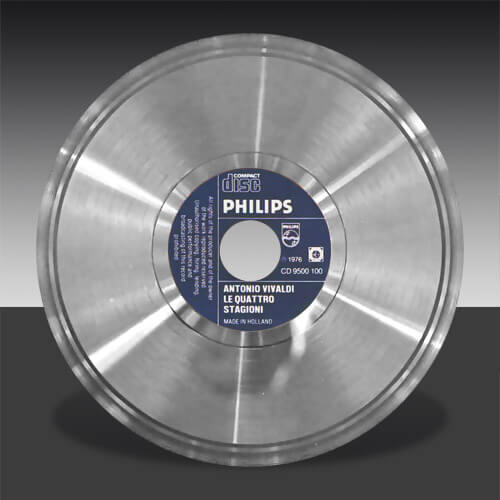The mid-1990s marked the beginning of commercial VoIP with the release of VocalTec’s Internet Phone, which allowed for computer-to-computer calls. This was a significant step towards making VoIP accessible to a wider audience.
The WAV file is an instance of a Resource Interchange File Format (RIFF) defined by IBM and Microsoft.[3] The RIFF format acts as a wrapper for various audio coding formats. Though a WAV file can contain compressed audio, the most common WAV audio format is uncompressed audio in the linear pulse-code modulation (LPCM) format. LPCM is also the standard audio coding format for audio CDs, which store two-channel LPCM audio sampled at 44.1 kHz with 16 bits per sample. Since LPCM is uncompressed and retains all of the samples of an audio track, professional users or audio experts may use the WAV format with LPCM audio for maximum audio quality.[9] WAV files can also be edited and manipulated with relative ease using software. On Microsoft Windows, the WAV format supports compressed audio using the Audio Compression Manager (ACM). Any ACM codec can be used to compress a WAV file. The user interface (UI) for ACM may be accessed through various programs that use it, including Sound Recorder in some versions of Windows. Beginning with Windows 2000, a WAVE_FORMAT_EXTENSIBLE header was defined which specifies multiple audio channel data along with speaker positions, eliminates ambiguity regarding sample types and container sizes in the standard WAV format and supports defining custom extensions to the format.[4][5][10
MP3, or MPEG-1/2 Audio Layer III, is a lossy audio compression format designed to reduce the data required for digital audio representation. Developed by the Fraunhofer Society, it leverages psychoacoustic principles to remove imperceptible audio components, achieving substantial compression ratios. Files using this format are typically saved with the .mp3 extension.
Avid Audio and Steinberg released the first digital audio workstation software programs in 1989. Digital audio workstations make multitrack recording and mixing much easier for large projects which would otherwise be difficult with analog equipment.
Digital Audio Tape (DAT or R-DAT) is a signal recording and playback medium developed by Sony and introduced in 1987. Digital Audio Tape (DAT) employs a rotating head and helical scan, a technique borrowed from video recorders, to record digital audio on 3.81mm magnetic tape housed in a protective shell. DAT supports sampling rates of 44.1, 48, or 32 kHz at 16-bit quantization, allowing for exact digital clones. Unlike some other digital formats, it doesn’t use lossy data reduction. The tape can only be recorded and played in one direction, similar to a videocassette. Fun Fact: Because DAT technology is based on video recorders, some early DAT machines could be “hacked” to record low-resolution video! It wasn’t officially supported, but clever users figured out ways to exploit the underlying technology.
The Yamaha DX7, appearing in 1983, broke new ground by making digital synthesis commercially viable. Its use of FM synthesis contributed to its distinctive sound and its massive popularity significantly shaped 1980s music. Unlike earlier digital synthesizers like the Bell Labs Digital Synthesizer and the Fairlight CMI, the DX7 achieved mainstream success and left a lasting musical legacy.
The dawn of the digital music era arrived, with the release of Billy Joel’s “52nd Street” on Compact Disc. Manufactured jointly by Sony and Philips, the CD promised superior audio fidelity thanks to its 16-bit audio resolution and a sampling rate of 44.1 kHz. The format’s success stemmed from its crystal-clear sound, durability, and the convenience of skipping tracks instantly – a significant leap forward from vinyl records and cassette tapes. Fun Fact: The length of a CD (74 minutes) was reportedly chosen so that it could hold Beethoven’s 9th Symphony in its entirety! GO BACK
The first single-chip CMOS PCM codec with integrated filters was developed by David A. Hodges and W.C. Black in 1980. This silicon-gate CMOS (complementary MOS) device became an industry standard for digital telephony. It combined the functions of analog-to-digital and digital-to-analog conversion with filtering, all on a single chip, using switched capacitor (SC) circuit technology
NHK developed the first mono PCM recorder with 30kHz/12bit converter and video tape recording at its research centre in 1967. The concept of converting PCM data into VTR-compatible (video magnetic tape) signals was maintained until the 1990s. In 1969 it was further developed to 2-channel/32kHz/13bit. In 1969, NHK expanded the system’s capabilities to 2-channel stereo and 32 kHz 13-bit resolution. In January 1971, using NHK’s PCM recording system, engineers at Denon recorded the first commercial digital recordings.
